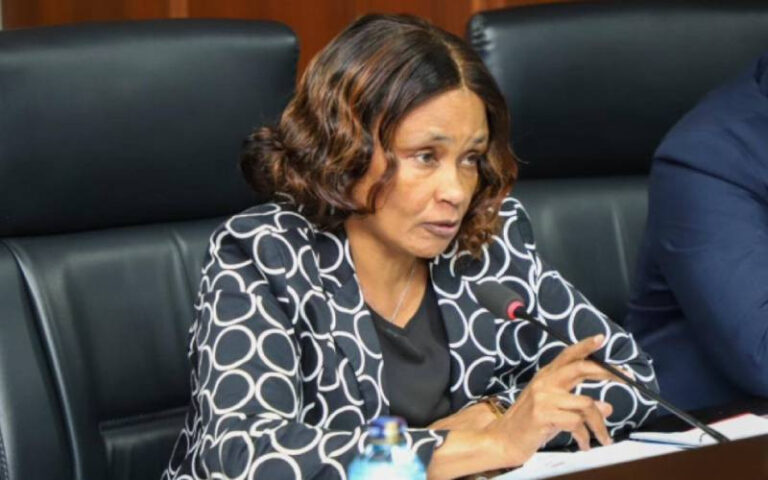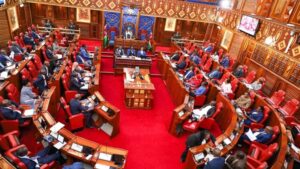A deep dive into TSC’s proposed principal–deputy primary–deputy junior school structure, exploring its potential impact, resistance from unions, and what it means for the future of comprehensive schools.
The Teachers Service Commission (TSC) is working on one of the most consequential administrative restructuring plans in Kenya’s education sector — a proposed three-tier leadership model for comprehensive schools. Under the envisioned structure, schools will be led by a principal and two deputy heads, one responsible for primary and another for junior school operations.
While TSC argues the plan is critical to align school governance with the evolving Competency-Based Education (CBE) system, the proposal has encountered fierce resistance from school heads and teacher unions. At the heart of the conflict lies a central question: Who should lead in the new school ecosystem — experience or newly trained junior school teachers?
TSC Director of Staffing Antonina Lentoijoni revealed the proposed structure during a recent stakeholder engagement, noting that comprehensive schools require a unified leadership framework to end confusion that has persisted since Junior School was domiciled in primary institutions.
But KEPSHA national chairperson Fuad Ali strongly rejected the idea, warning that introducing deputies from junior school—many of them recent graduates—would disrupt school order. Ali said primary head teachers must remain the recognized leaders, arguing that junior school teachers do not yet have the experience required to manage institutions.
He added that any junior school teacher uncomfortable with existing chains of command should consider moving to senior school, especially as Grade 9 transitions upwards next year.
Knut Secretary-General Collins Oyuu reinforced this position, emphasizing that promotions in Kenya’s education sector have always been anchored in seniority. He questioned how teachers barely a year out of training could be elevated above colleagues with decades of service.
For Oyuu, experience remains non-negotiable. He reminded TSC that historical education structures — from the days of Kenya Junior Secondary Examination to higher education — were led by principals who had seniority, exposure, and institutional memory.
However, TSC Acting CEO Evaleen Mitei defended the need for modern leadership dynamics. She acknowledged that head teachers face massive responsibilities within the merged school structure, navigating long working hours, high expectations, and a complex range of stakeholders.
Mitei encouraged schools to embrace adaptive leadership, a model built on consultation, collaboration, and flexibility. According to her, leadership must evolve to accommodate intergenerational workforces comprising Baby Boomers, Millennials, and Gen Z teachers, all of whom bring different strengths and communication styles.
She stressed that for CBE to succeed, schools must modernize teaching approaches, integrate ICT, strengthen staff capacity building, and promote professionalism in line with the TSC Act and Code of Regulations for Teachers.
Still, resistance remains widespread. Many educators fear the three-tier structure could weaken traditional primary leadership, spark conflict between teachers, or exacerbate the ongoing tension between Junior School and primary staff.
As TSC finalizes its review of staffing norms under the Presidential Working Party on Education Reforms, the country waits to see whether the proposed model will unify schools or deepen existing fractures.
Either way, Kenya’s education system is on the brink of a transformative shift — one that will determine the future of school leadership for decades.






